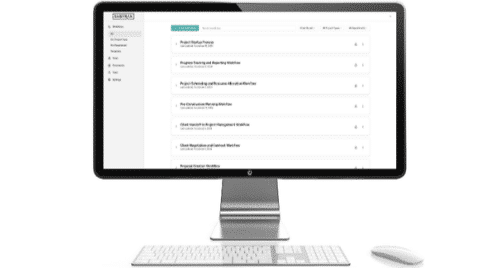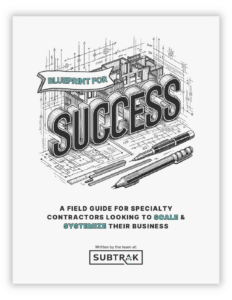When you have so many people working together, each doing their important part, employees might solely focus on what they need to do, and not realize why they need to do it to a specific standard. By making sure employees can not only see what they need to do, but also the ability to learn what others are doing, it will give them important context as to why they must follow a standard operating procedure.
A good place to start is by communicating the company’s mission and vision to all team members, which can help employees understand the bigger picture and the purpose of their work. This can include sharing the company’s values, long-term goals, and the impact that the company hopes to have on the industry or community. If the company’s values resonate with the team, it can not only provide added context, but can also lead to the team feeling more invested in the success of the company as a whole. You can give your team this sense of ownership by giving employees autonomy in their work, involving them in decision-making, and recognizing and rewarding their contributions.

After sharing the long term goals and values of the company, good managers must be able to clearly communicate the specific goals they are asking their team to achieve. When employees understand how their individual tasks fit into the overall goals of the company, they are more likely to be engaged and motivated to work towards those goals. Setting clear and measurable goals for all employees can help employees understand how their work fits into the bigger picture. At Subtrak, we call these measurable goals “deliverables. Deliverables can include goals related to revenue, budgets, job profitability, customer satisfaction, or other quantifiable metrics that are important to the business. It is always good practice to be able to let employees know how timely completion of their individual tasks is helping to move the entire company along in meaningful and measurable ways.
Once you feel confident that you have communicated the company’s goals as well as all individual goals to your team, the next step is to allow employees to see what others are doing. Employees can get tunnel vision and focus so hard on their own responsibilities that they can lose focus on how their task is connected to the rest of the team. It is important for managers to encourage collaboration among employees using tactics such as cross-functional teams, open-door policies, and regular team-building activities. Regular training and adherence to well-written and easily accessible standard operating procedures can have a huge impact, as well. Allowing employees to view standard operating procedures of other positions in the company can give employees context to their own work and allow them to easily assist their colleagues when necessary.
And finally, it is important to create a transparent work culture. Sharing pertinent financial milestones, progress updates, and important business decisions with employees can go a long way to instilling an open and honest company culture. Great companies share their successes and failures across departments, which can help provide context between team members. Highlighting successes and lessons learned from failures and encouraging employees to share their own experiences will help to refine processes to limit mistakes going forward.
It is clear that explaining the bigger picture to your team can make your business more efficient by providing context and purpose for the work that they do. When employees understand how their individual tasks fit into the overall goals of the company, they are more likely to be engaged and motivated to work towards those goals. Strategies such as setting clear and measurable deliverables, communicating the company’s mission and vision and encouraging collaboration to create a transparent work culture can all help employees understand the bigger picture and improve their engagement and motivation towards the company’s goals.
Visit subtrak.com to learn more about how we’re helping construction companies provide better context for their teams!





